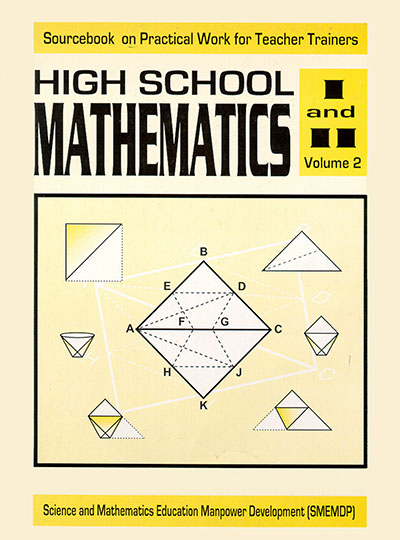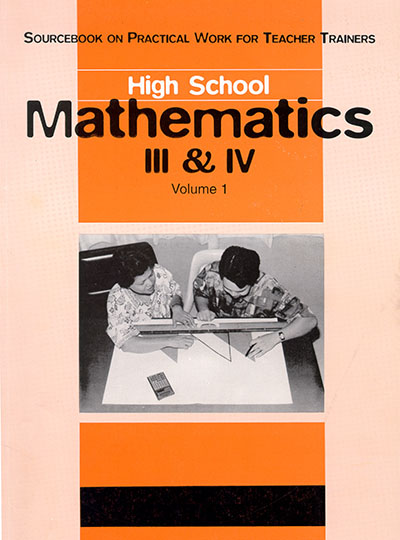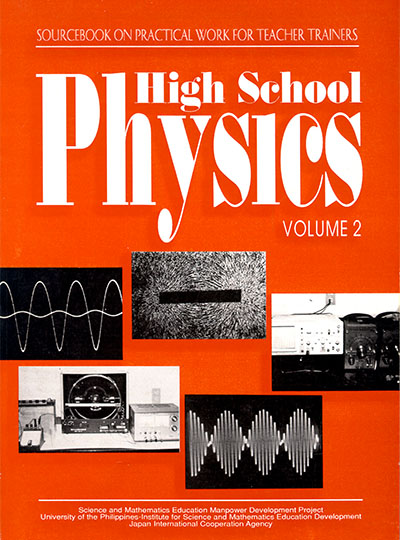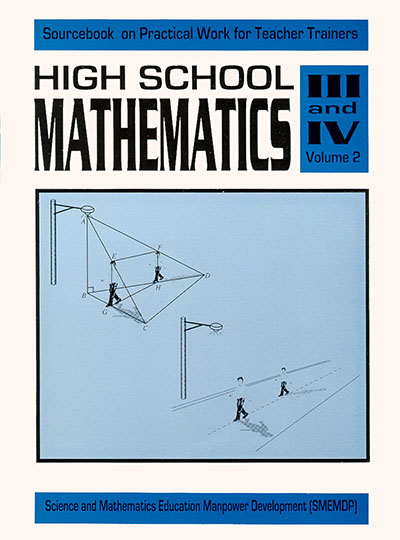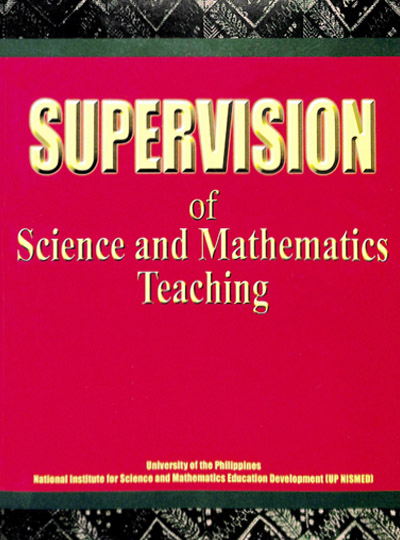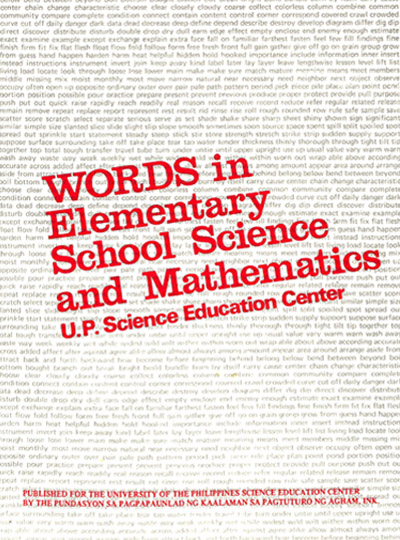High School Mathematics Education Group ISBN 971-570-078-0 Published by NISMED January 2001
No of Pages: 220
____________
This sourcebook highlights the dynamic nature of the process of teaching and learning mathematics. As in the first volume, it provides the teacher trainer examples of teaching plans that promote the use of practical work. Practical work is consistent with the social constructivist view of learning which postulates that learners actively construct knowledge from their own experiences and that while these constructions are personal and unique to each individual, it occurs within a social setting. The activities in the teaching plan aim to develop and deepen the learners understanding of mathematical concept s and principles and enhance their ability to think and engage in life-long learning. They provide rich experiences in investigating relationships among mathematical concepts and principles and in posing and solving problems.
